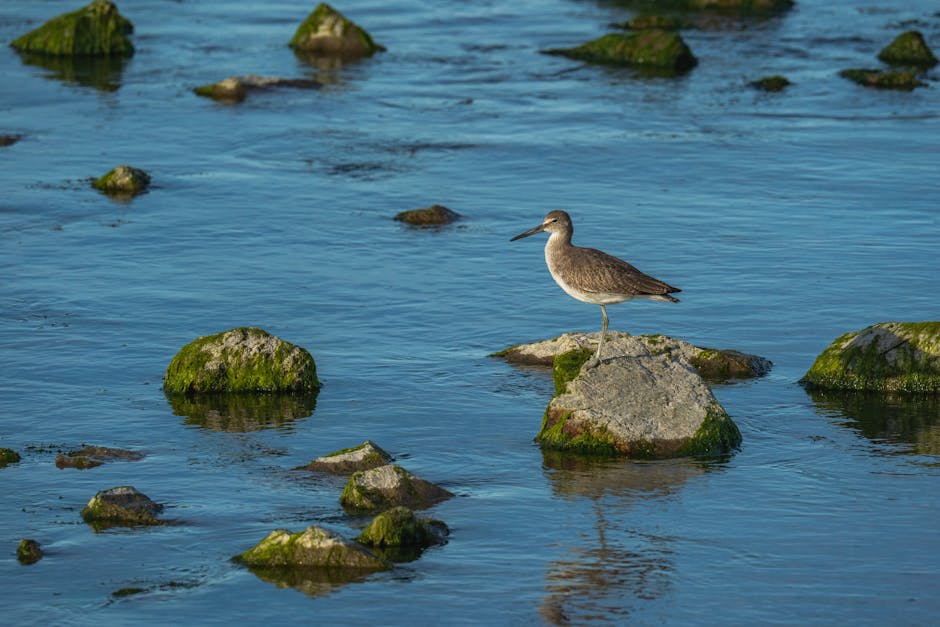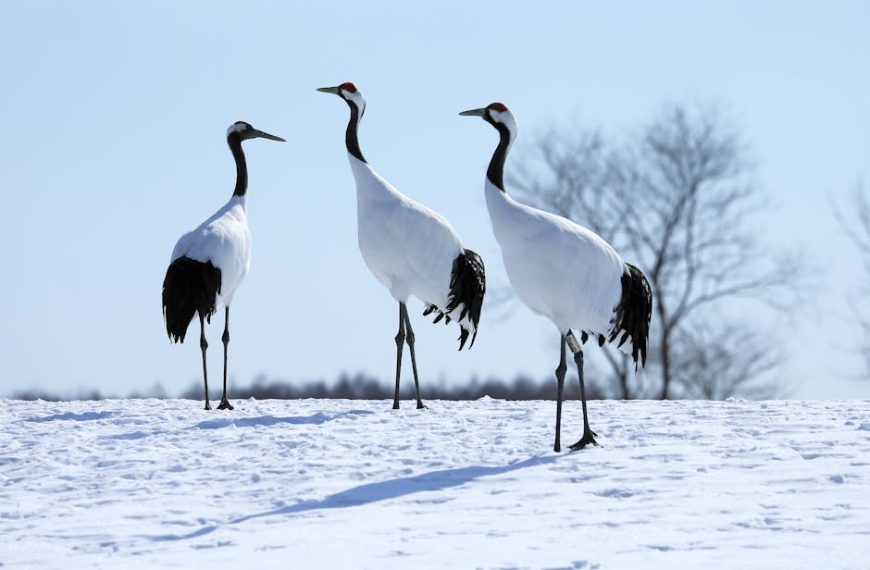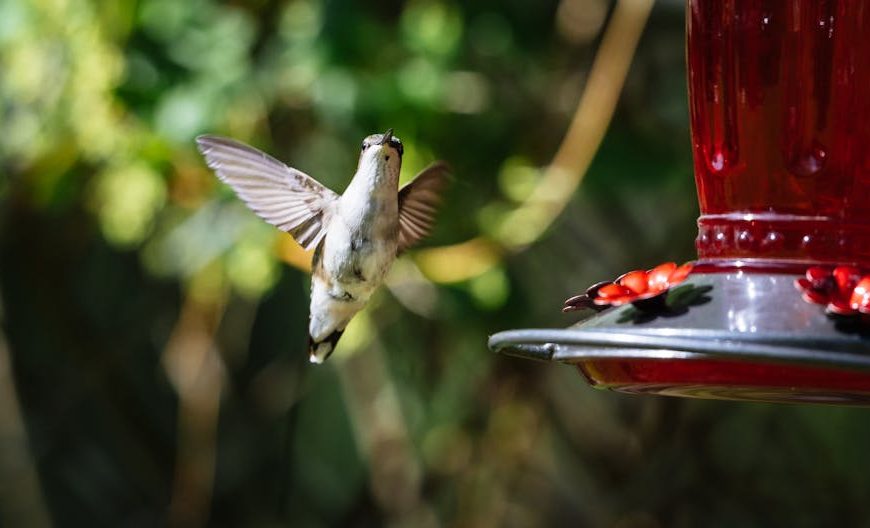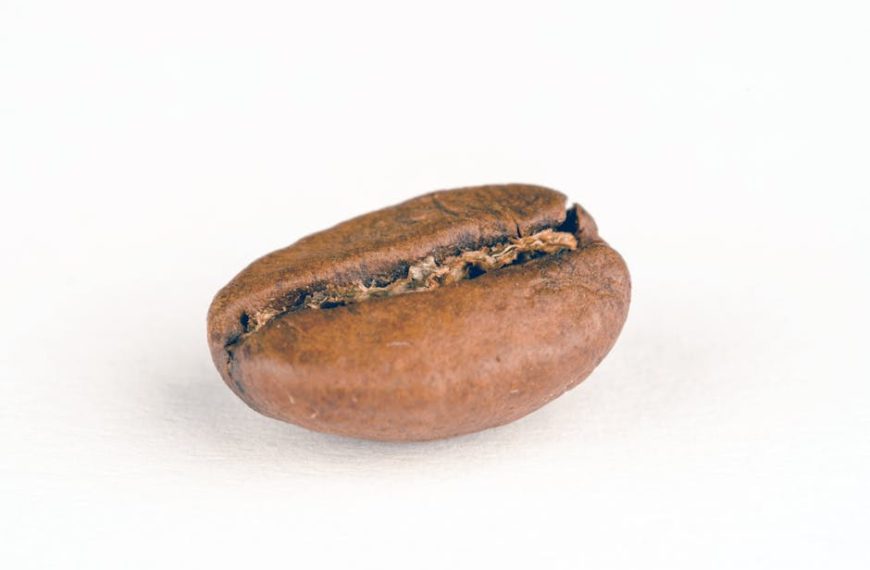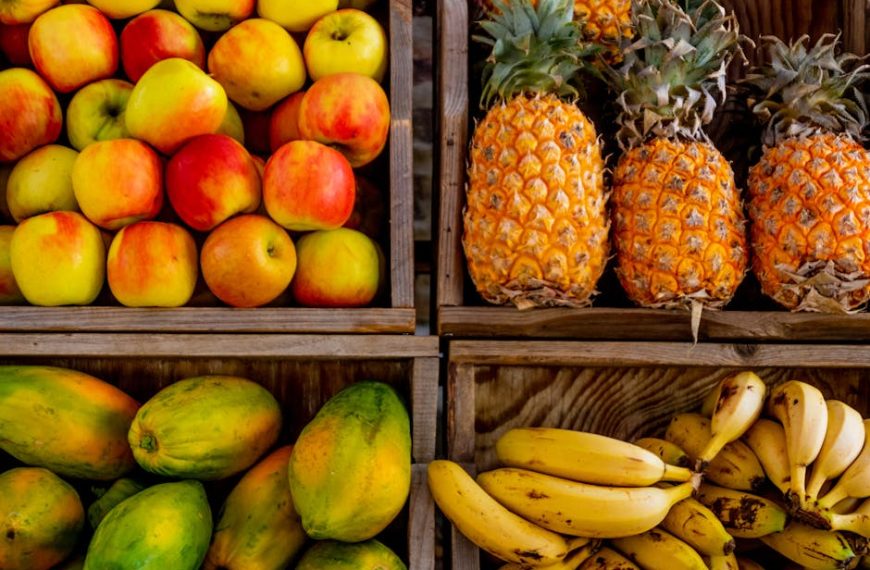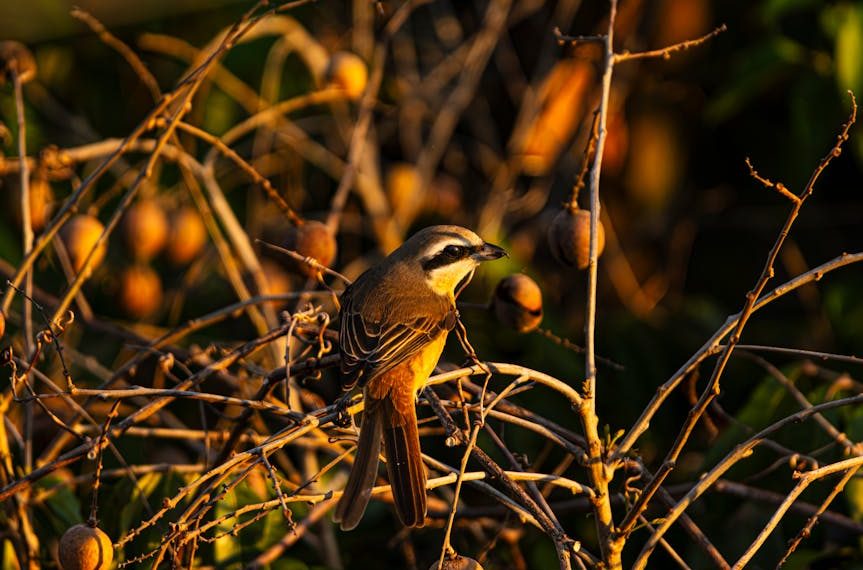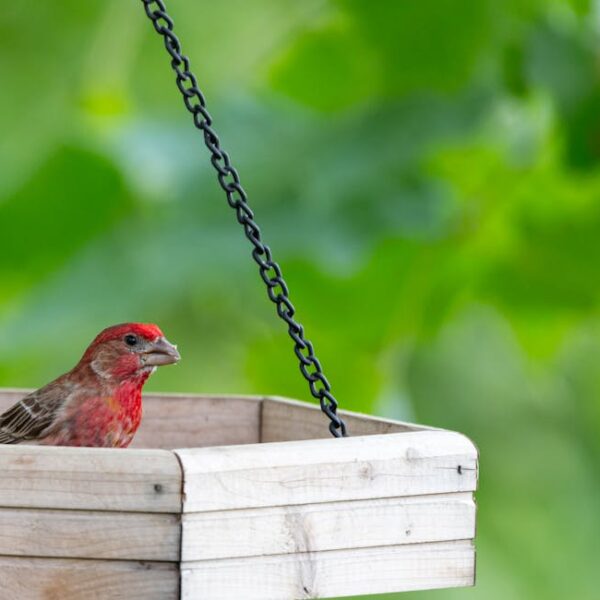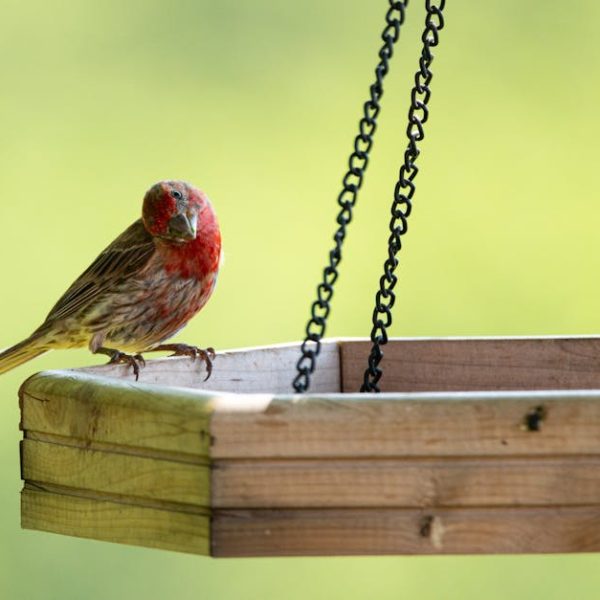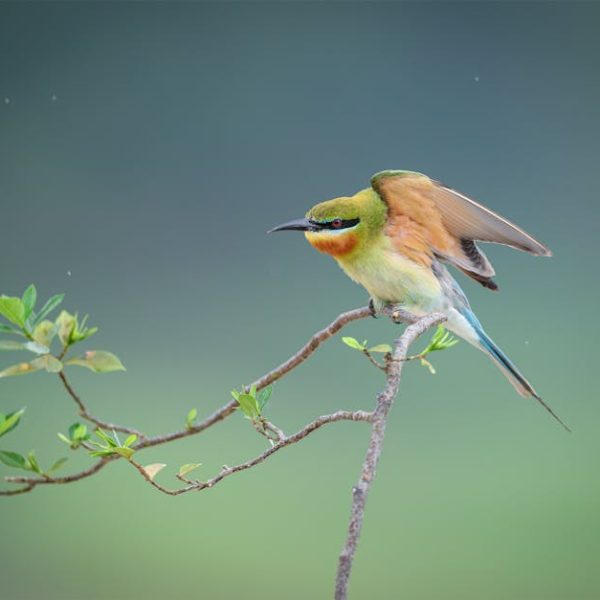If you’re a birdwatching enthusiast or simply love feeding the flying visitors in your backyard, knowing what to offer them can considerably enhance your experience. Among the variety of bird feeds, dried mealworms have found a special place. Packed with protein and fat, these delectable tidbits are favorites of numerous bird species.
Understanding the Nutritional Value of Dried Mealworms
Catering to the fast metabolism of birds, dried mealworms offer essential nutrients that help them thrive. The two primary components are protein and fat. Birds require protein for feathers’ growth and repair, while fats provide the energy required for everyday activities.
- Protein content – Around 48% – 52%
- Fat content – Roughly 28% – 30%
- Fiber content – Approximately 6% – 10%
These mealworms also serve as a source of fiber and moisture, aiding digestion and hydration.
Pro Tip: To retain the nutritional content of mealworms, store them in a cool, dry place. An airtight container can keep them fresh for several months.
Common Birds that Enjoy Dried Mealworms
Certain bird species are notable for their affinity for dried mealworms. These often include insectivorous and omnivorous birds that usually feed on larvae and insects.
- Bluebirds
- Robins
- Wrens
- Chickadees
- Mockingbirds
- Orioles
- Sparrows
Each species has different dietary preferences and nutritional needs, but dried mealworms prove to be a versatile snack that most birds find irresistible.
Using Dried Mealworms for Attracting Specific Bird Species
Thoughtful placement of dried mealworms can help entice particular bird species into your yard. Accessible spots near familiar surroundings, like bird feeders or nesting areas, often prove most effective.
When aiming to attract a specific species, learn more about their eating habits. For example, bluebirds prefer mealworms served in platforms, while robins are more likely to pick mealworms off the ground.
The benefits of using dried mealworms include their easy storage and longer shelf life compared to fresh mealworms. However, ensure balanced nutrition for birds by not solely relying on them as they may lack certain vitamins and moisture found in live insects.
Supplementing Dried Mealworms with Other Bird Feeds
Balanced bird feeding entails supplementing dried mealworms with other sources of bird feed, like seeds, fruits, and suet. This not only provides a wider range of nutrients but also caters to the varied taste preferences of different bird species.
- Sunflower seeds: Loved by chickadees and sparrows
- Crushed Peanuts: A favorite of robins and wrens
- Suet: Preferred by woodpeckers and nuthatches
- Fresh fruits: Delights orioles and mockingbirds
Understanding nutritional requirements and preferences will allow you to cater to the unique needs of different species while also encouraging a greater diversity of birds in your backyard.
Precautions and Tips for Feeding Birds Dried Mealworms
While mealworms are a delicious treat for birds, certain precautions must be considered. Overconsumption can lead to health problems, as too much protein and fat may cause obesity in birds.
Pro Tip: Regularly monitor the bird feed consumption and adjust the portion sizes if necessary to prevent overfeeding.
Also, providing fresh water and cleaning the bird feeders and platforms regularly contribute to healthy and hygienic feeding practices.
Maintaining bird safety during feeding
The well-being of birds should always be our main concern. Glass containers, for instance, might harm the bird species. Try to replace them with safer alternatives like ceramic or wooden containers. Avoid processed food and feed, as birds can’t digest them.
- Safe Containers: Use organic containers like bird feeders made from wood or ceramic.
- Monitor Surrounding Environment: Keep the feeding area free from predators like cats.
- Avoid Processed Feed: Birds cannot digest processed food, so avoid feeding them processed meals.
Pro Tip: Look for signs of illness or unusual behavior in birds while feeding them. If you notice anything strange, it’s best to contact a local wildlife authority or certified veterinarian.
Best Practices for Feeding Birds Mealworms
To provide a healthy feeding experience for your avian friends, incorporate these best practices:
- Provide a Mixed Diet: Don’t limit their meal to only dried mealworms, supplement it with seeds, berries, and other bird feeds.
- Do Not Overfeed: Monitor the birds’ feed consumption and ensure you’re not overfeeding them, as it might lead to health issues.
- Clean Feeding Equipment: Regularly clean bird feeders and platforms to prevent the spread of disease.
- Provide Fresh Water: Make sure there’s fresh water near the feeding area.
Feeding birds can be a delightful experience when done responsibly. Offering dried mealworms along with a variety of other foods can attract a wealth of bird species, contributing to their well-being and adding vibrancy to your backyard.
In conclusion, bird feeding is not just about tossing out some seeds or mealworms; it requires awareness, compassion, and a touch of knowledge. So, use these tips to create a safe and nutritious bird feeding haven in your backyard. Happy birdwatching!
Key Takeaway:
- Numerous bird species, particularly insectivorous and omnivorous ones, enjoy dried mealworms due to their high protein and fat content, which aids in their growth, repair, and energy.
- Thoughtful placement of mealworms contributes to attracting different bird species into your yard.
- It’s vital to balance bird feeding by supplementing dried mealworms with other bird feeds like seeds, fruits, and suet, catering to varied taste preferences and nutritional needs.
- It’s important to avoid overfeeding birds with mealworms, as an excess of protein and fats can lead to obesity.
- Maintenance of bird feeders and adequate water supply are necessary for promoting avian health and hygiene.
Remember that birdwatching and feeding these lovely visitors is an exciting and rewarding experience when done responsibly. Simple practices such as varied and balanced feeding, regular cleaning, and timely monitoring can contribute to the well-being of diverse bird species visiting your backyard. Happy birdwatching!
FAQs
Q: Can feeding dried mealworms cause harm to birds?
A: While dried mealworms can be a nutritious snack for birds, overfeeding can lead to issues like obesity. It’s important to balance their diet with other feeds.
Q: Do all bird species enjoy dried mealworms?
A: While many species love mealworms, not all birds will prefer them. It’s good to observe the feeding habits of the specific species in your backyard.
Q: Is it necessary to supplement mealworms with other bird feeds?
A: Yes, providing a varied diet will ensure the birds receive a balance of all the necessary nutrients and cater to their diverse taste preferences.
Q: How often should I clean bird feeders and platforms, and why?
A: Regular cleaning will prevent the spread of diseases among birds. Doing this once a week is generally a good practice.
Q: What precautions should I take while feeding dried mealworms to birds?
A: It’s important to monitor portion sizes, keep an eye out for any health issues, and maintain cleanliness around the feeding area.
Feel free to share this article with fellow birdwatching enthusiasts and explore more posts on our website to become an expert birdwatcher.
